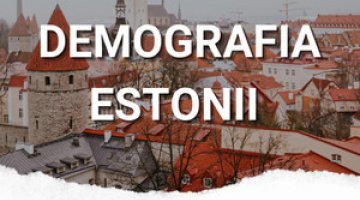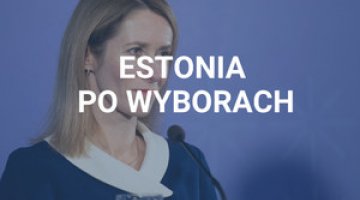Latvian parliamentary elections: victory for the centre-right
The winner in the parliamentary elections held on 1 October in Latvia is incumbent Prime Minister Arturs Krišjānis Kariņš and his centre-right New Unity party (in Latvian: Jaunā Vienotība, JV). It was supported by 18.97% of voters and the future government coalition will be formed around this party. According to the results published by the Central Election Commission, there will be seven parties in parliament, although as many as 19 committees competed for 100 seats.
The oligarchic Union of Greens and Farmers (Latvian: Zaļo un Zemnieku savienība, ZZS) came second with 12.44% of the vote, and the United List (Latvian: Apvienotais saraksts, AS), which is an alliance of several regional parties that left the ranks of ZZS came third with 11.01% support. The National Alliance All for Latvia! (Latvian: Nacionālā apvienība Visu Latvijai!, NA) was fourth with 9.29%. One of the three groupings of the Russian-speaking electorate running this year, For Stability! (Latvian: Stabilitātei!, S!), will also enter parliament. Contrary to polls indicating that it would not cross the 5% electoral threshold, it received as much as 6.8% of the vote. The minor parties entering the parliament include the populist Latvia First (Latvian: Latvija pirmajā vietā, LPV) of oligarch Ainārs Šlesers and the left-liberal The Progressives party (Latvian: Progresīvie, P) with support at 6.16%.
The turnout was 59.43%, which is 4 points higher than four years ago.
Commentary
- The Saeima elections will not bring a significant change in Latvian politics. During the negotiations, a centre-right government will emerge, with New Unity as the main force. It remains an open question who will enter the future coalition to ensure a parliamentary majority for Kariņš’s grouping. Acceptable allies for the party include: the United List, the National Alliance and the left-wing Progressives. Given the number of seats obtained by these groupings, it must be considered that the optimal format would be an alliance of the centre-right, nationalists and the Combined List. This composition would give them more than half (54) of the seats in parliament. It would also guarantee a continuation of the foreign and security policy course.
- The prime ministerial candidate proposed by President Egils Levits is likely to be the incumbent Kariņš. In pre-election statements, the president emphasised that Latvia now needs a government that is pragmatic and capable of leading the country through the impending crisis. Kariņš’s previous cabinet, despite its stumbles and mistakes, managed to lead Latvia through the pandemic and the border crisis with Belarus. The ruling coalition also supports Kyiv in the ongoing war in Ukraine. The name of incumbent foreign minister Edgars Rinkēvičs has also been mentioned as a possible candidate for the head of government.
- One significant development is the defeat of the grouping traditionally representing Latvia’s Russian-speaking population. Social Democratic Party “Harmony”, which has regularly won parliamentary elections for a decade (but due to its isolation on the political scene has not been in government), failed to cross the electoral threshold this year. The party’s defeat is due to electorate fatigue with its inability to implement its programme and its critical stance towards Russia over the war in Ukraine. In south-eastern Latvia (Latgale), where Russian-speaking citizens predominate, the populist grouping For Stability won this year. This region had been an electoral bastion for Harmony.
Chart. Approximate (estimated) distribution of seats in parliament

Source: CVK, sv2022.cvk.lv.





